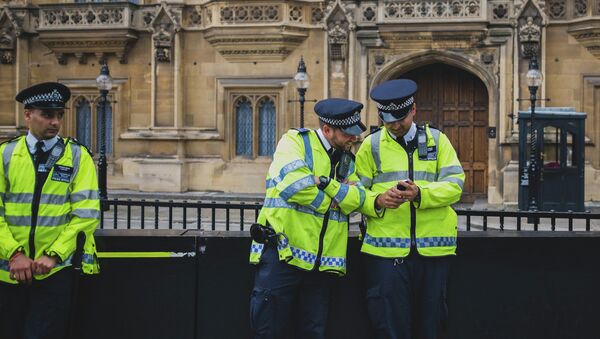London’ Metropolitan Police Service has decided not to routinely release video footage of potentially controversial incidents after internal reviews flagged errors by officers, the Guardian reports.
The outlet claims to have seen a Met Police internal memo in which a senior officer says incidents captured by cameras worn on officers’ bodies, recorded examples of “poor communication, a lack of patience, [and] a lack of de-escalation before use of force is introduced”.
The memo, which was written by the head of professionalism for the Met, deputy assistant commissioner Matthew Horne, notes that force used by officers on members of the public could probably have been avoided in some instances.
The internal memo says reviews of body-worn video (BWV) footage showed “exemplary” behaviour but it found “many more examples” which were not, in the judgment of Met senior officers, according to the Guardian.
Home Secretary Priti Patel has been calling for BWV video to be released, amid hopes that the video would exonerate the Met from claims of racism and a heavy-handed approach to policing.
But in a memo sent within the Met on 28 August, Horne explained that the footage would not be routinely released: “Whilst we have seen some exemplary BWV of interactions with the public, with high levels of skill, patience and professionalism, we have seen many more examples where although the BWV does not show any conduct issues it shows poor communication, a lack of patience, a lack of de-escalation before use of force is introduced and occasionally poor officer safety decisions.
Horne urged officers to communicate more saying it could avoid the need for force to be used. In a section headlined “Comms or cuffs?”, Horne wrote: “Sometimes it appears that had we spoken to people for a little longer or taken the time to explain what we were doing, the situation may not have required force to be used.”
The document shows that the Met was concerned that releasing body-worn video could exacerbate certain situations: “Release of BWV is highly likely to exacerbate not prevent ‘trial by social media’ and increase media interest in an incident.”
It says: “On its own BWV does not normally address the issue that the viral footage is causing public concern about – such as allegations of racial profiling.”
One of the most controversial recent incidents involving the Met was stop and search on 6 July of British Olympic athlete Bianca Wiliams while she was travelling in a car with her boyfriend Portuguese 400 sprinter Ricardo dos Santos and her young child. Williams subsequently accused the Met of using racial profiling. Metropolitan Police Commissioner Dame Cressida Dick later apologised to Williams for the "distress" caused by the stop and search.
BWV cameras are used to capture both video and audio evidence. They're currently issued to all officers who come into contact with the public. The use of BWV is incident specific; unless they're part of a specific operation, officers won't be recording as part of normal patrolling. The position of the camera means those watching the footage see the situation from the officer's perspective.




